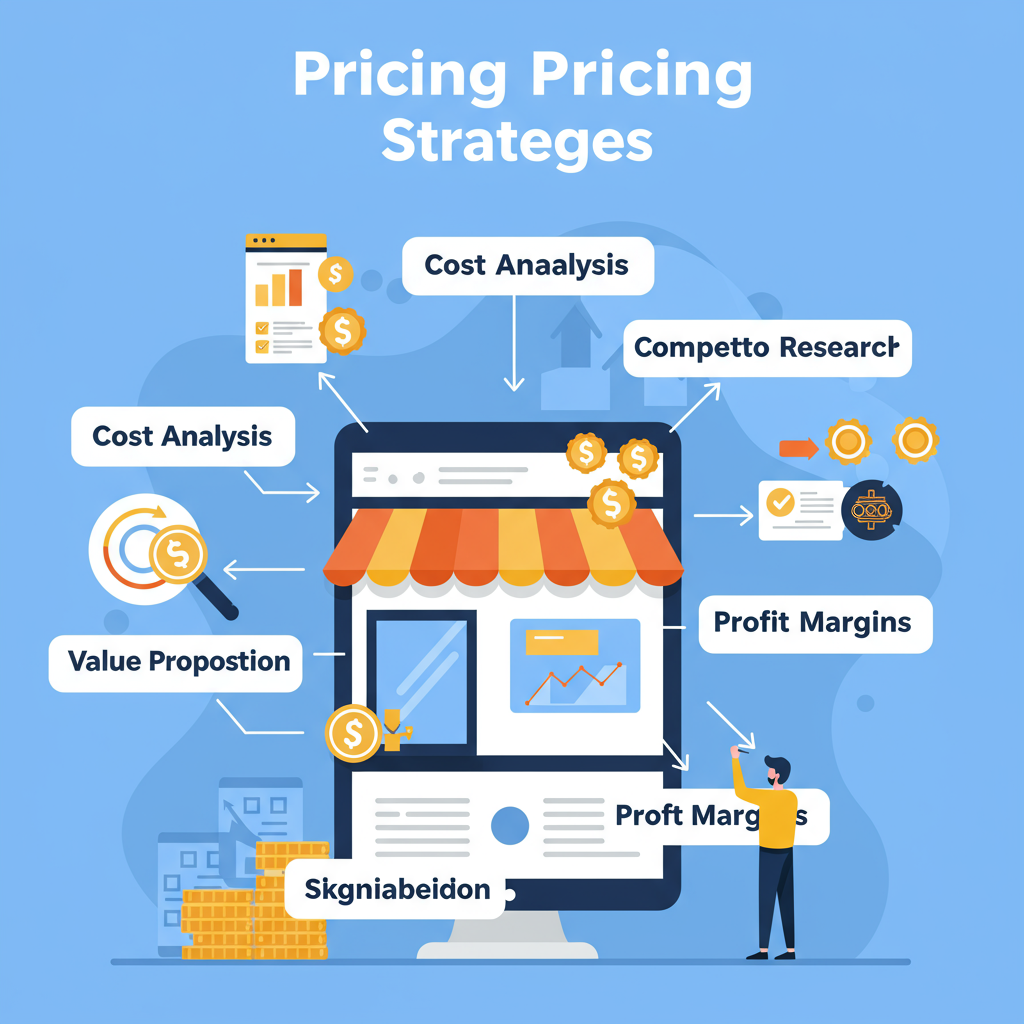A Merchant’s Guide to Maximizing Profitability and Value on Your Store
Hello fellow Shopify merchants!
Today, I want to talk about something incredibly vital for your store’s success: pricing optimization.
It’s not just about picking a number; it’s a strategic art and science that can significantly impact your revenue, profitability, and even your brand perception.
When I first started my e-commerce journey, I admit, I often just looked at what competitors were doing or simply added a markup to my costs.
But I quickly learned that this approach leaves a lot of money on the table and can even deter potential customers.
Optimizing your pricing means finding that sweet spot where customers feel they’re getting great value, and you’re maximizing your profits.
So, how do we, as Shopify store owners, approach this effectively? Let’s dive into some key strategies I’ve found incredibly useful.
First and foremost, you absolutely must understand your costs inside and out. This might seem obvious, but it’s often overlooked.
This includes your Cost of Goods Sold (COGS), which is what it directly costs you to produce or acquire the product.
But don’t stop there. Think about your shipping costs, packaging, payment processing fees, marketing expenses, and even your Shopify subscription itself.
These are all part of your total cost structure, and knowing them precisely is the foundation for any intelligent pricing decision.
Next, I always recommend a thorough competitor analysis. Who else is selling similar products? What are they charging?
Look beyond just the price tag. Consider their value proposition, their branding, their shipping policies, and their return policies.
This isn’t about blindly copying, but rather understanding the market landscape and identifying opportunities to differentiate or position yourself.
One of my favorite strategies is value-based pricing. Instead of just focusing on costs, this method centers on the perceived value your product offers to the customer.
If your product solves a significant problem, saves time, or provides unique benefits, you might be able to command a higher price, even if your costs are low.
It’s about communicating that value effectively through your product descriptions, images, and overall brand story.
On the other hand, there’s cost-plus pricing, which is simpler: take your total cost and add a desired profit margin.
While straightforward, I’ve found it can sometimes lead to underpricing if your value is high, or overpricing if your costs are high but market demand isn’t.
Dynamic pricing is another fascinating area. This involves adjusting prices in real-time based on demand, inventory levels, time of day, or even customer segments.
While more complex to implement, especially for smaller stores, certain Shopify apps can help automate this for specific scenarios like flash sales or clearance.
Psychological pricing tactics are also incredibly powerful. Think about “charm pricing,” like ending prices in .99 or .97.
Or prestige pricing, where higher prices are used to signal quality or exclusivity, often ending in .00.
Bundling products together at a slightly reduced price can also increase average order value and clear inventory.
I’ve also had success with tiered pricing or offering volume discounts. This works well if you have different customer segments or if customers might buy multiple units.
For instance, “Buy 2, get 10% off” or “Premium plan includes X, Y, Z features.”
Once you’ve set your initial prices, the work isn’t over. I strongly advocate for A/B testing your pricing.
Shopify doesn’t have native A/B testing for pricing, but there are apps that allow you to show different prices to different segments of your audience.
This allows you to gather real data on how price changes impact conversion rates and overall revenue.
Remember, pricing optimization is an ongoing process. The market changes, your costs might fluctuate, and customer preferences evolve.
Regularly review your sales data, profit margins, and customer feedback. Be prepared to adjust your strategy as needed.
There are many excellent Shopify apps designed to help with pricing, from dynamic pricing tools to subscription management and discount apps.
Explore the Shopify App Store to find tools that align with your specific needs and budget.
Ultimately, effective pricing contributes significantly to your Customer Lifetime Value (CLTV) and ensures healthy profit margins.
Don’t be afraid to experiment, but always base your decisions on data and a deep understanding of your product’s value.
Avoid common pitfalls like underpricing your products, which can devalue your brand and erode profits.
Conversely, overpricing can deter customers and send them straight to your competitors. It’s a delicate balance.
By taking a thoughtful, data-driven approach to pricing, you’re not just setting numbers; you’re building a more resilient and profitable Shopify business.
I truly believe that mastering pricing is one of the most impactful things you can do for your store.
What do you think about this article? I’d love to hear your thoughts and experiences with pricing optimization on Shopify!






